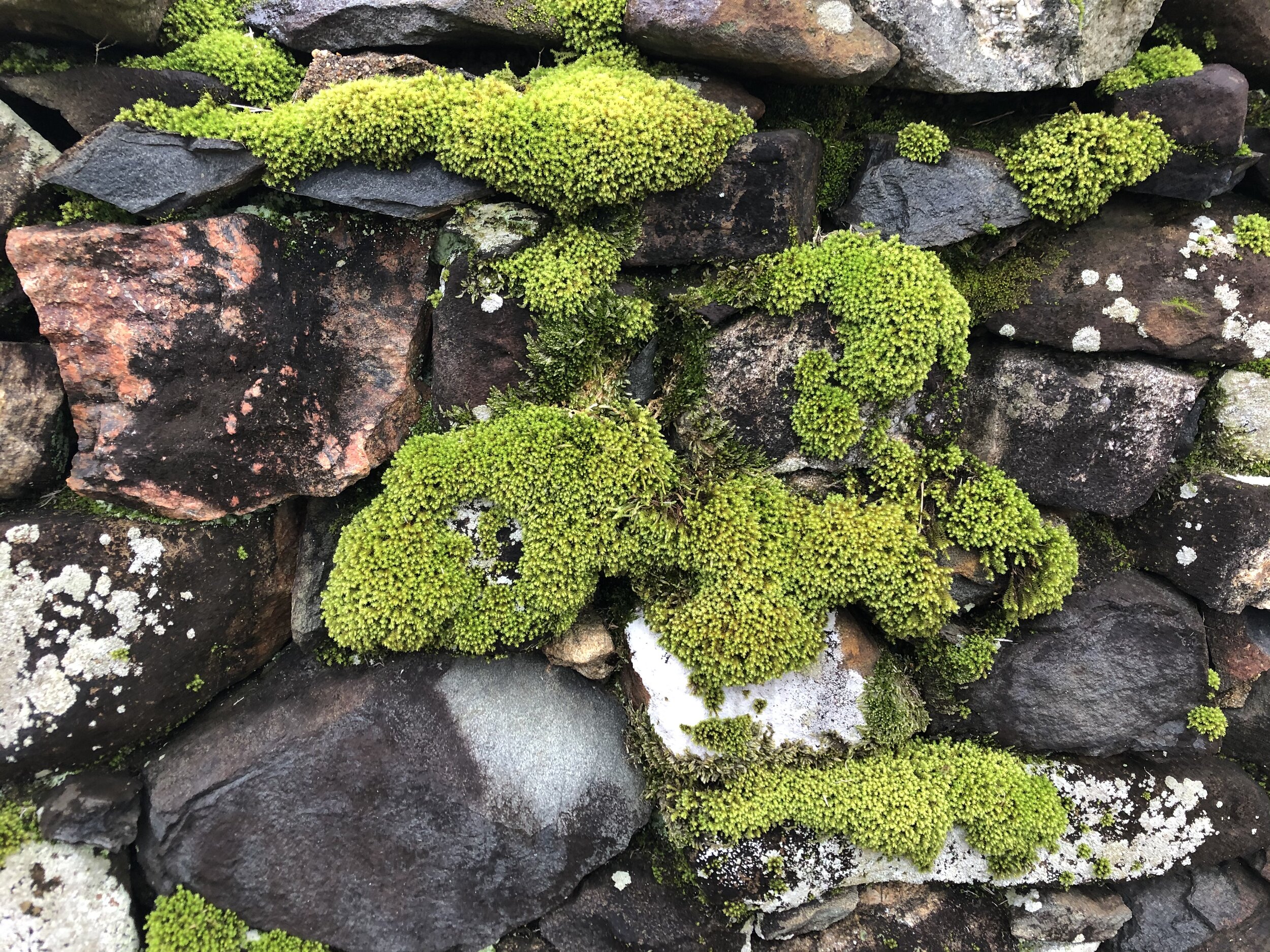A Snapshot of Biodiversity
Emily Ellis
We see a wide range of plant, animal and fungi species at the Oak Spring Garden Foundation - biodiversity we work hard to support through our sustainable land management practices - but there are far more organisms hunkering in our fields, forests and streams that meet the eye. One way to discover what we’ve got? Bring a team of scientists and citizen-scientists out to the site for a Bioblitz – an event in which the dauntless naturalists, armed with nets, traps, microscopes and positive attitudes, try to identify as many species as possible in a (long) day.
Earlier this summer, our friends from the Bull Run Mountains Natural Area Preserve, along with experts from the Field Museum, NatGeo, the Smithsonian Institute, the USDA, Virginia Working Landscapes, the Clifton Institute, Reservaylt, the Wildlife Society and other organizations, came out to Oak Spring to see how many species they could find across the 700-acre property - assisted by Oak Spring’s staff and resident artists and researchers. The intrepid team started at 6.00am (the best hour for birding!) and wrapped up the long day at around midnight by capturing insects in malaise traps (tent-like structures that funnel insects inside using light to attract them).
Bert Harris, director of the Clifton Institute, capturing insects using the malaise trap. Photo by Joe Villari.
Joe Villari, manager of Bull Run Mountains Natural Area Preserve and organizer of the Bioblitz, said he has found the events to be a great way to connect people with the landscape. Joe, the team at Bull Run, and their partners have held Bioblitzes both at their site and at other areas.
“Bioblitzes provide biotic snapshots of the landscape and these snapshots can help land managers better understand the habitat that they are responsible for, and can help educators gain a fuller portrait of what natural wonders are present within an area, and what “stories” still need to be interpreted,” he said.
Bioblitzes have been a fun and important way to way to uncover biodiversity for close to two decades. The term was first coined in 1996 by U.S. National Park Service naturalist Susan Rudy, while she was assisting with the first BioBlitz at Kenilworth Aquatic Gardens, Washington, D.C. Since then, scientists and citizen-scientists have organized BioBlitzes large and small across the world; between 2007-2016, in partnership with NatGeo, the U.S. National Park service held a BioBlitz at a different national park every year as part of the National Park Service Centennial Celebration.
While it’s necessary to have professional scientists participate in Bioblitzes to help accurately identify organisms to a species level, the participation of volunteers interested in learning about and protecting the natural world - no matter their age, background or experience - is equally important to the events’ success.
“I have found that Bioblitzes capture the public’s imagination,” said Joe. ”By their very definition, Bioblitzes are both very hopeful and ambitious.”
With a full report in the works, there were some standout finds during Oak Spring’s Bioblitz. One was an especially unusual insect called a twisted wing fly (stylopidae). There are plenty of parasitoid insects at Oak Spring - our favorites are the ones that prey on garden pests like tomato hornworms - but this one is unique, in that it the female stays permanently within its host insect (typically, a bee, wasp, or fly) and the male travels from host insect to host insect to find females to mate with.
“We live in a really complex, diverse world, and even people who have worked in the field for a long time can explore and discover new things about the world,” said Joe.
A stone wall at OSGF.
Another interesting find from the day was the discovery of 70 different types of lichens on the property. Of course, visitors to Oak Spring have likely noticed the magnificent crust of lichens dappling our stone walls, rock outcrops, and antique garden furniture, but thanks to the work of lichenologists Thorsten Lumbsch and Todd Widhelm from the Field Museum, we now know what kinds we have. Identifying organisms like lichens at the species level is difficult without a professional eye - another reason why Bioblitzes can be so fascinating and eye-opening even for veteran scientists, said Joe.
“(Lichens) are something that you see everywhere, but diversity like that kind of flies under the radar,” he said.
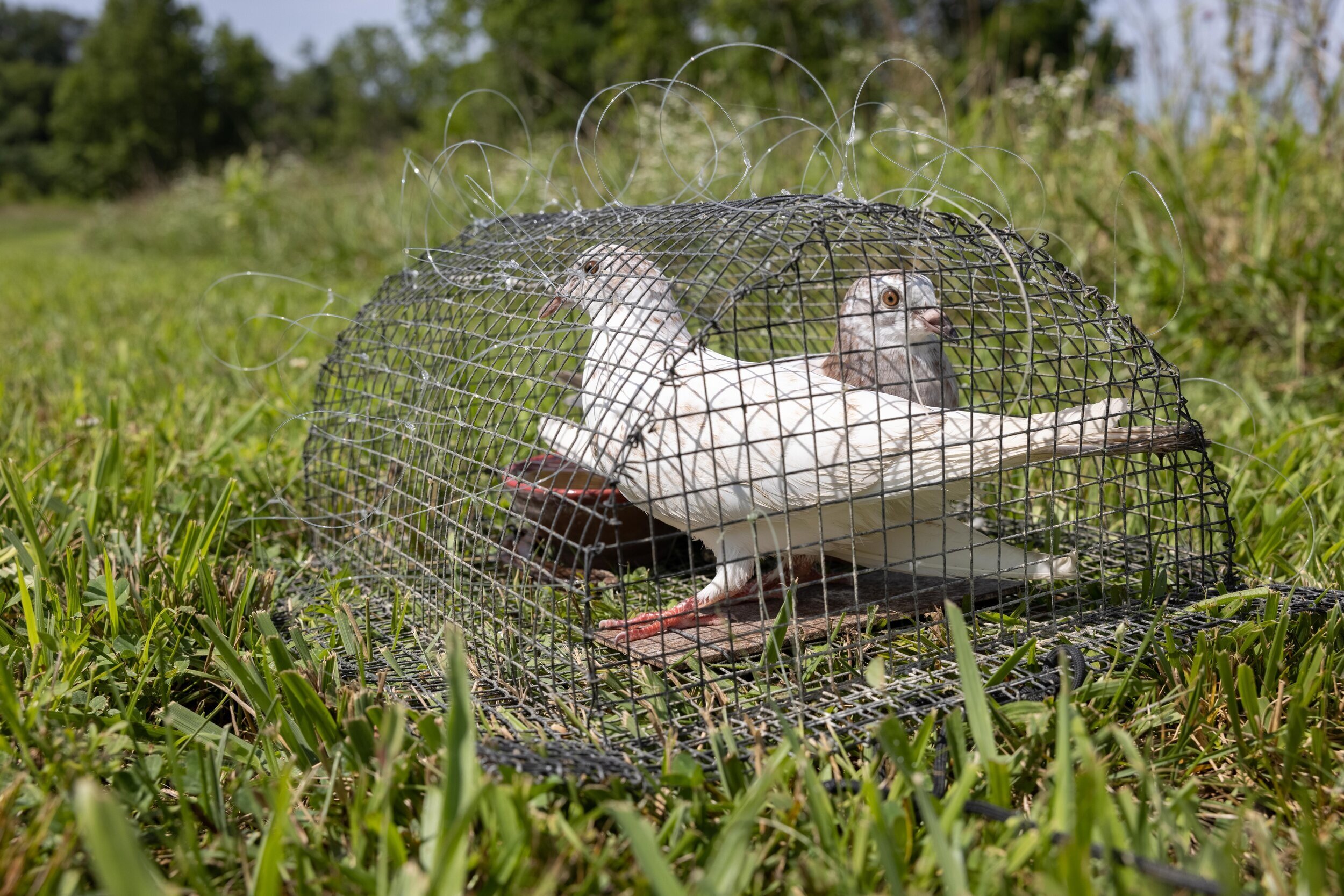
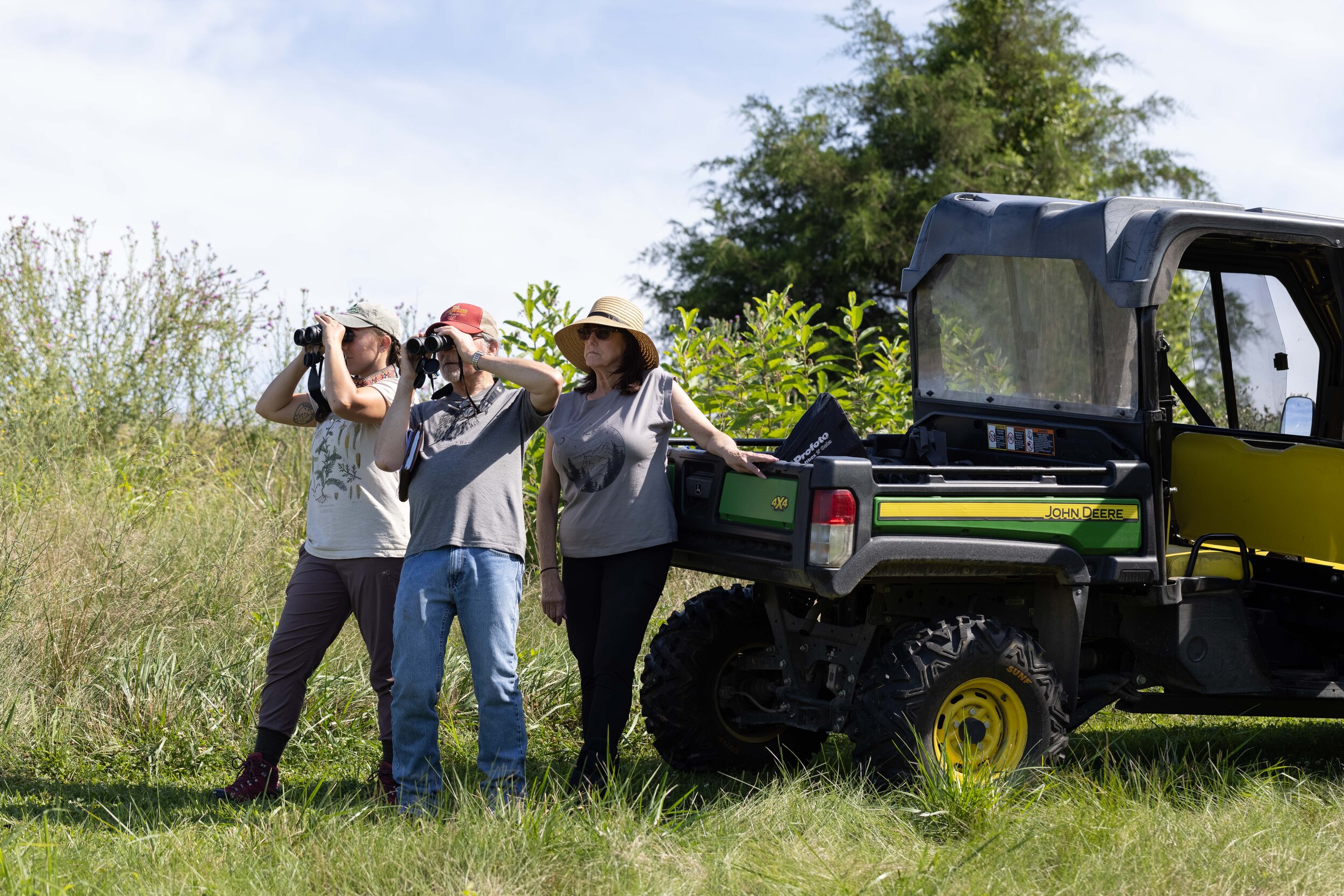
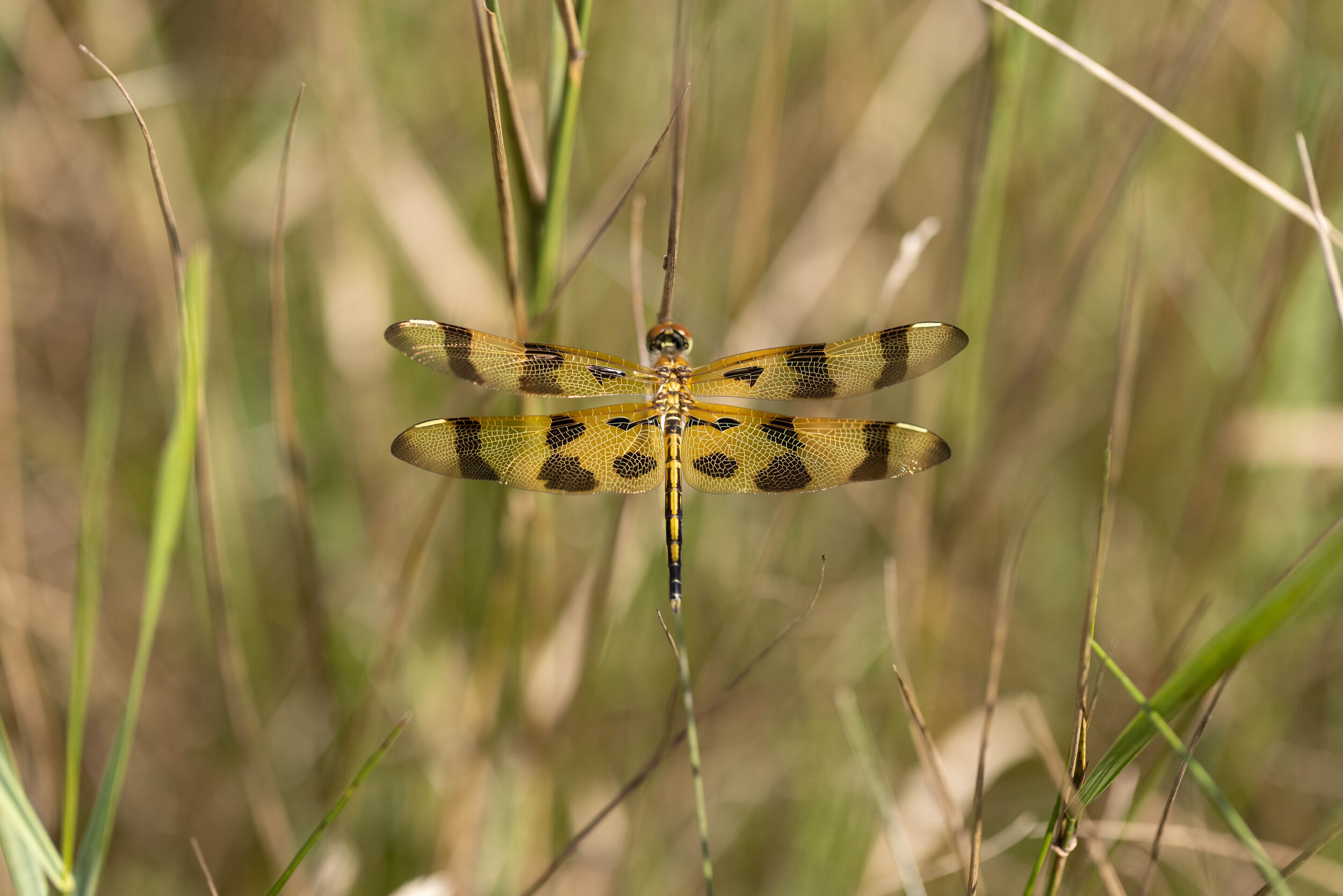
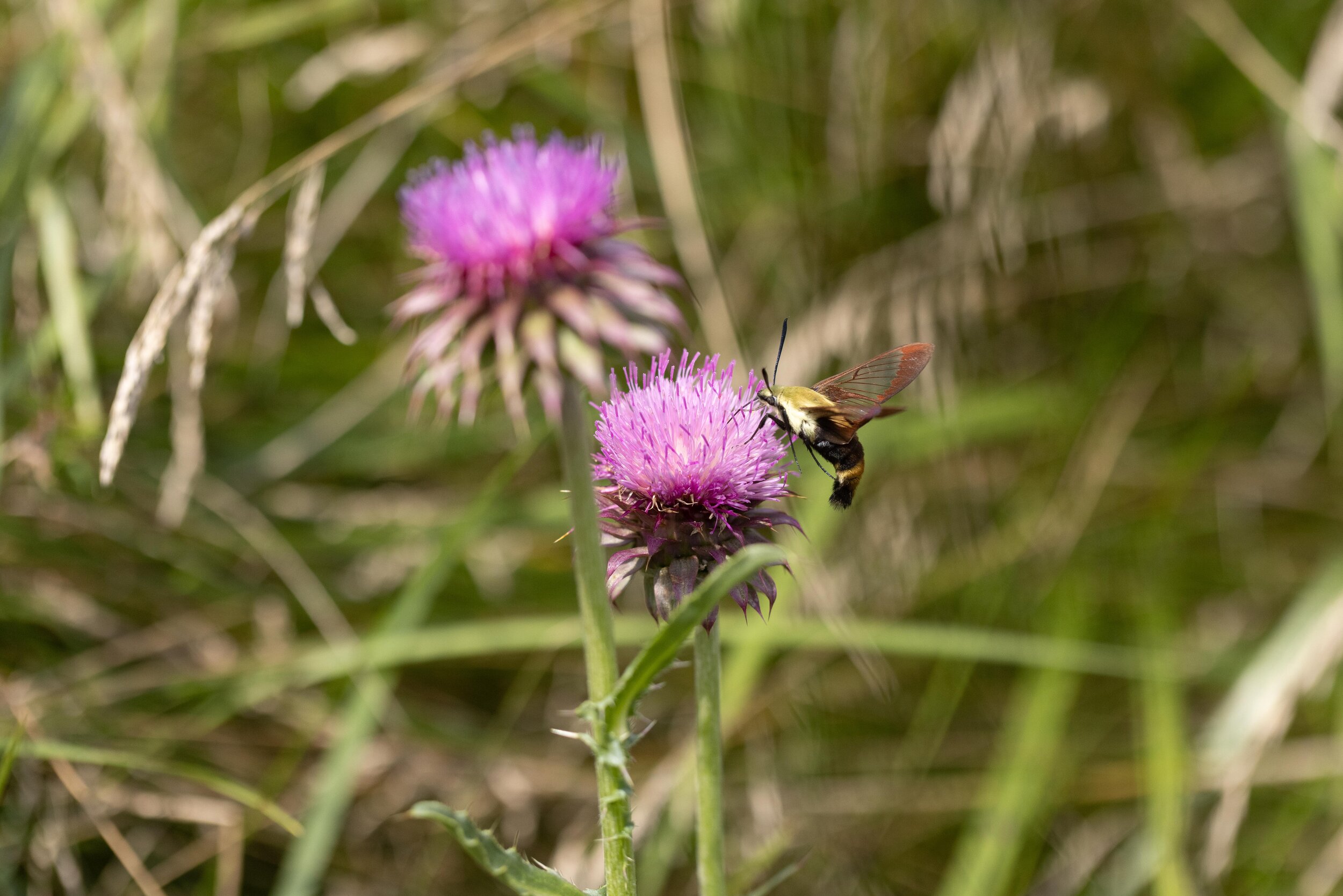
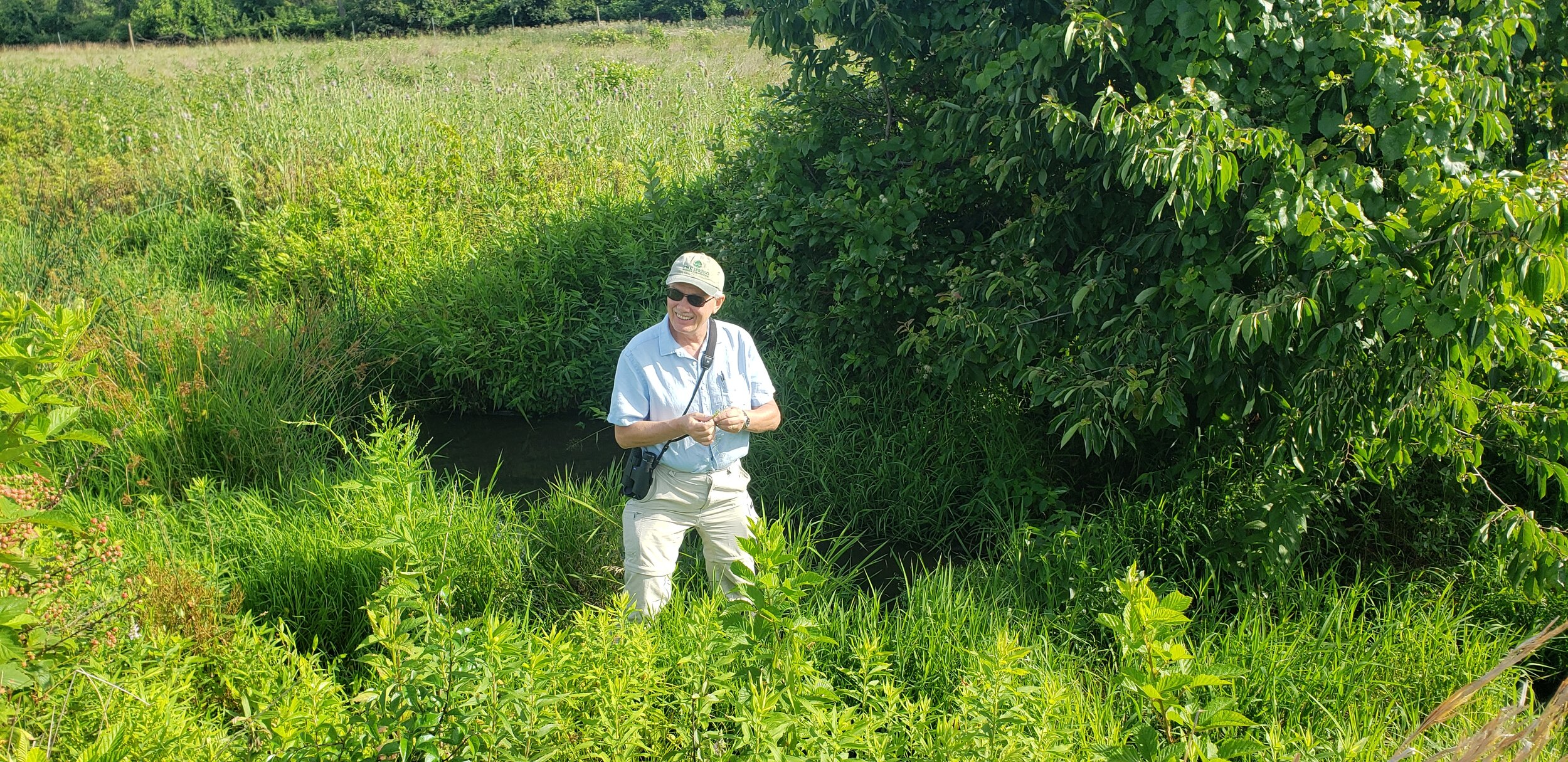
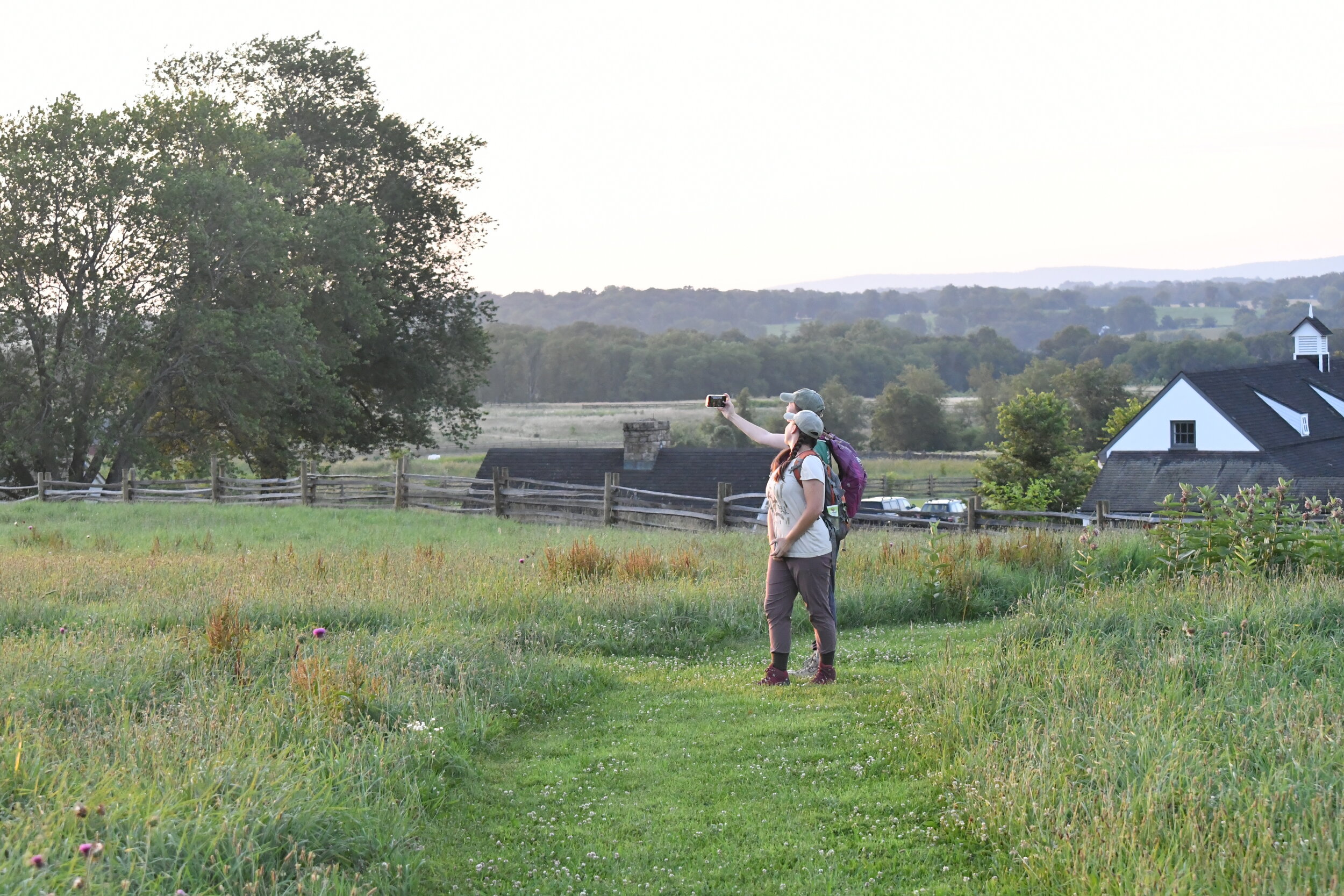
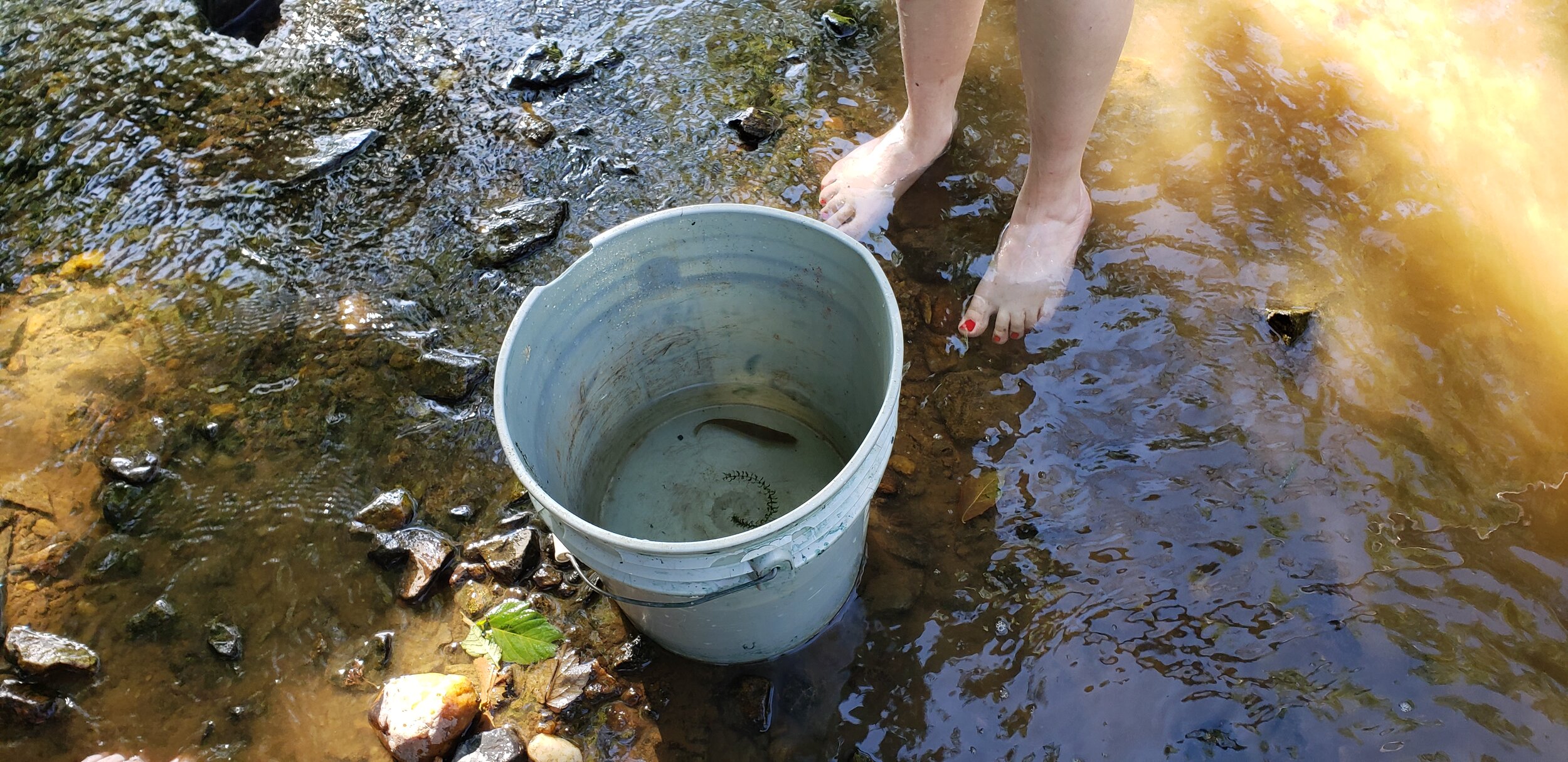
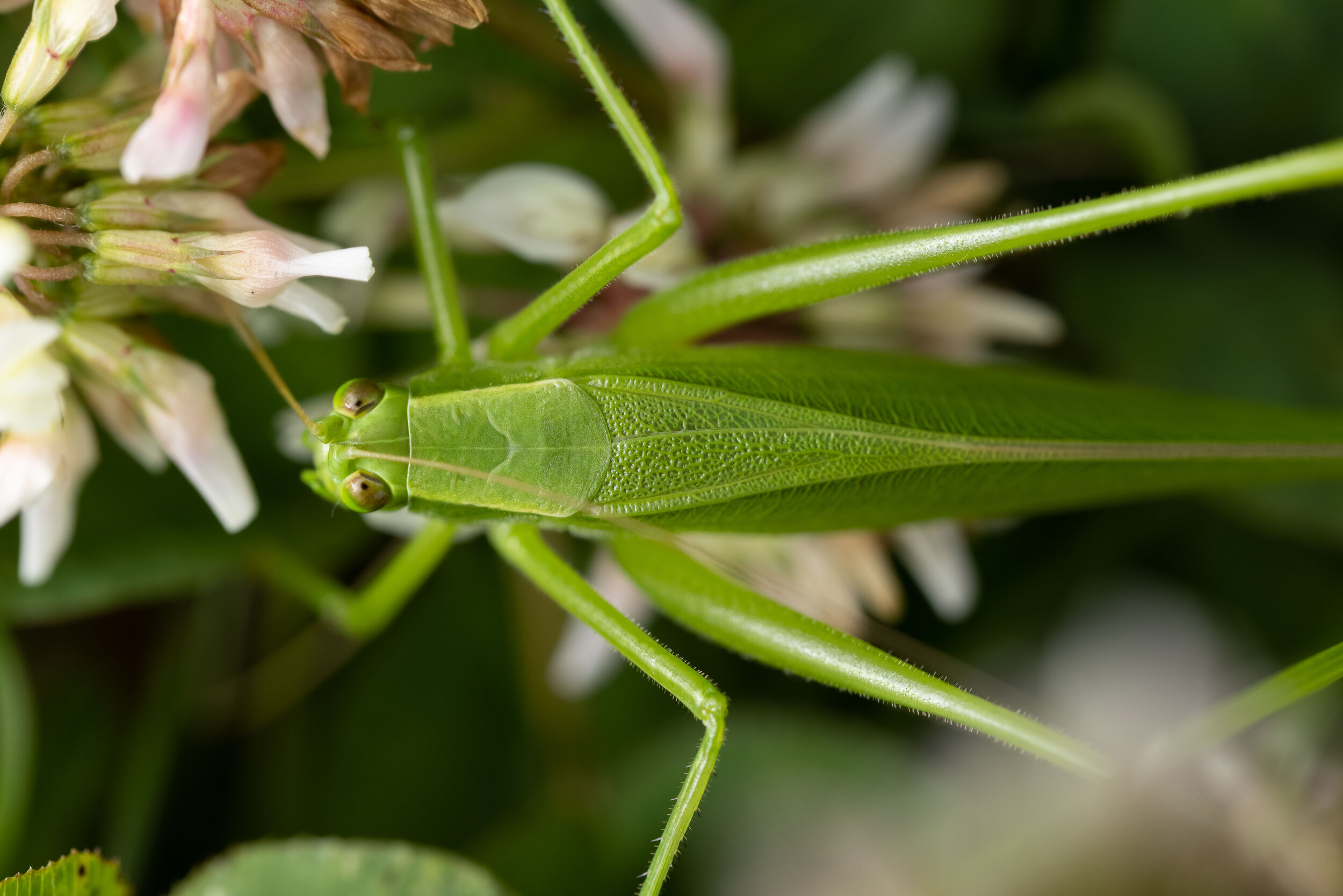
One of the best things about Bioblitzes, continued Joe, is that they can turn local ecology into a “captivating story” - a great way to engage not only scientists, but anyone interested in learning more about their world.
“In the end, I think that storytelling remains one of the best tools that conservationists have to help folks understand the natural beauty and wonder that is all around us,” he said. “If properly engaged, people will begin to consider why and how they would want, or should, preserve their local wonder and beauty. Our landscapes are part of us and we are part of them.”
Interested in helping tell ecological stories in your area by volunteering for a Bioblitz? Keep an eye out on the social media page and websites of environmental organizations, which often need volunteers for such events (and you can learn more about the Bull Run Mountains Natural Area Preserve and keep up with their events at www.bullrunmountains.org). You can also see more of Oak Spring’s Bioblitz at our inaturalist.org project page - a free online tool for identifying species and connecting with other nature-lovers!
Banner image by Michael Carr


